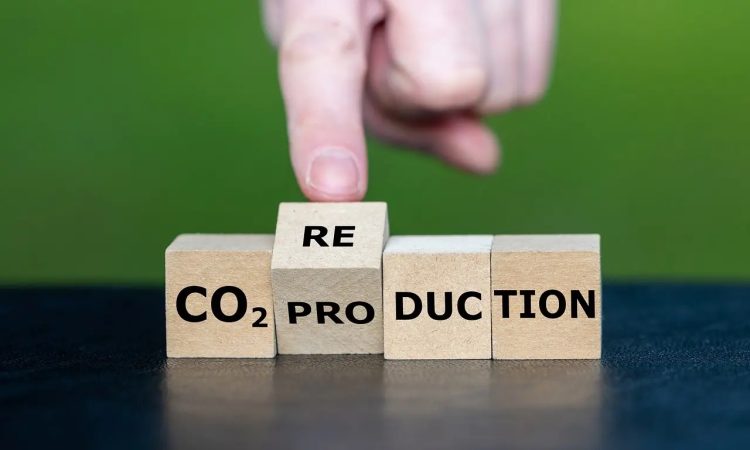
In an era where climate change is an imminent threat, individuals and businesses are increasingly seeking ways to reduce their carbon footprint and contribute to a more sustainable future. One effective way to do this is by investing in carbon offset projects through reputable carbon offset companies. However, with a growing number of such companies in the market, it can be challenging to select the right one. This guide aims to provide you with valuable insights on how to choose the right carbon offset company for your sustainable practices.
Understand the Basics of Carbon Offsetting
Before diving into the selection process, it’s essential to have a clear understanding of what carbon offsetting entails. Carbon offsetting involves investing in projects that reduce or remove greenhouse gas emissions equivalent to those produced by an individual or organization. These projects can include reforestation, renewable energy initiatives, methane capture, and more. By purchasing carbon offsets, you can effectively balance out your own carbon emissions.
Evaluate the Company’s Credibility
When considering a carbon offset company, credibility is paramount. Look for certifications and third-party verifications that validate their environmental claims. Some of the well-known certifications to watch for include the Verified Carbon Standard (VCS) and the Gold Standard. These certifications ensure that the company’s projects meet rigorous environmental and social criteria.
Assess the Quality of Offset Projects
Not all carbon offset projects are created equal. It’s crucial to assess the quality of the projects that the company supports. High-quality projects should not only reduce emissions but also have positive co-benefits for local communities and ecosystems. Ask for information on the types of projects the company invests in and their specific environmental and social impacts.
Transparency and Reporting
Transparency is key when selecting a carbon offset company. A reputable company should provide detailed information about the projects they support, how they calculate emissions reductions, and how they ensure the permanence of these reductions. Additionally, they should offer transparent reporting on the impact of your investment, allowing you to track the progress of your carbon offset initiatives.
Pricing and Cost Structure
Consider the pricing and cost structure of the carbon offsets offered by the company. Prices can vary widely, so it’s essential to compare options. Be wary of companies that offer significantly lower prices, as this may indicate lower-quality offsets or a lack of transparency. It’s important to strike a balance between affordability and ensuring that your investment has a meaningful environmental impact.
Additionality and Permanence
Two critical factors in carbon offsetting are additionality and permanence. Additionality means that the project would not have happened without your investment. Ensure that the company can demonstrate that the projects they support are additional and not business-as-usual. Permanence refers to the long-term stability of emissions reductions. High-quality carbon offset projects should have mechanisms in place to ensure that emissions reductions are permanent and not easily reversed.
Customer Support and Engagement
A carbon offset company’s commitment to customer support and engagement is indicative of its dedication to sustainability. Consider the level of customer service and responsiveness when evaluating potential companies. A company that is willing to answer your questions and provide guidance can enhance your overall carbon offsetting experience.
Review Customer Feedback
Before making a final decision, research customer reviews and testimonials about the carbon offset company. Feedback from other customers can provide valuable insights into their experiences and the effectiveness of the company’s carbon offset projects. Look for reviews that highlight the company’s transparency, credibility, and impact.
Conclusion
Choosing the right carbon offset company is a crucial step towards adopting sustainable practices and mitigating the impacts of climate change. By understanding the basics of carbon offsetting, evaluating the company’s credibility, assessing the quality of offset projects, and considering factors like transparency, pricing, additionality, and customer support, you can make an informed decision. Remember that your choice of a carbon offset company can have a significant impact on the environment, so take the time to choose wisely and contribute to a more sustainable future.




